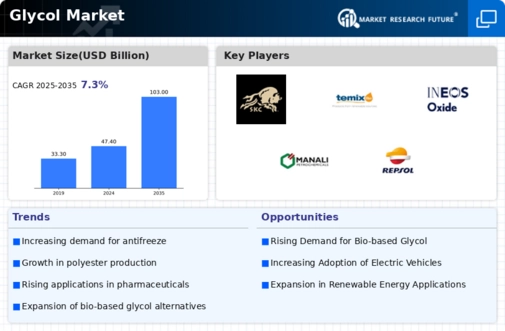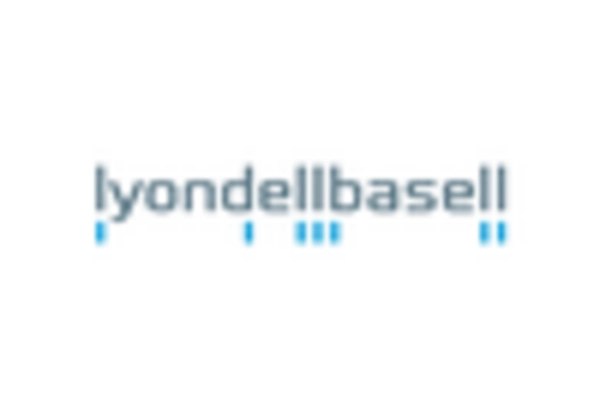Market Analysis
In-depth Analysis of Glycol Market Industry Landscape
The glycol market dynamics are significantly affected by expanding application in pharmaceutical and healthcare sectors. Propylene glycol is used extensively in pharmaceutical formulations, cosmetics and personal care products due to characteristics such as being hygroscopic and nontoxic. Therefore, there shall be an upward spike of consumption for glycols in the pharmaceutical and healthcare sectors following an increase in global population and growing health consciousness.
Glycol market is also shaped by supply chain dynamics. Procurement of raw material feedstock, manufacturing processes and distribution networks take place during glycol production. For example, the cost and availability of basic raw materials such as ethylene or propylene affects overall production cost of glycols. The pricing and profit margins for manufacturers can be influenced with volatile prices caused by geopolitical events like changes in feedstock prices or trade policies related to the Glycol industry.
The above mentioned global economic landscape also impacts significantly on the dynamics of the glycol market. Economic growth rates, geopolitical factors as well as trade relationships play key roles in determining demand for glycols worldwide. As a result, emerging countries which have rising industrial sectors tend to show more interest towards these chemicals since they fit well into their different manufacturing processes. Conversely, during economic downturns industrial activities reduce leading to temporary reduction in demand for glycol.
As environmental concerns become increasingly important drivers of business decisions across industries globally, there is a growing shift towards bio-based & eco-friendly alternatives among producers of Glycols. In order to save our planet from pollution every industry puts sustainability at its core hence promoting shift from petroleum based Glycols towards environment friendly biodegradable ones that come from living organisms such as plants or animals. These days, manufacturers have been putting their money resources into research so that they can develop renewable resource based on glycols that reduces traditional methods’ impact on environment globally. The current consumer preferences for sustainable goods are anticipated to boost sales of these green types of glycols.

















Leave a Comment